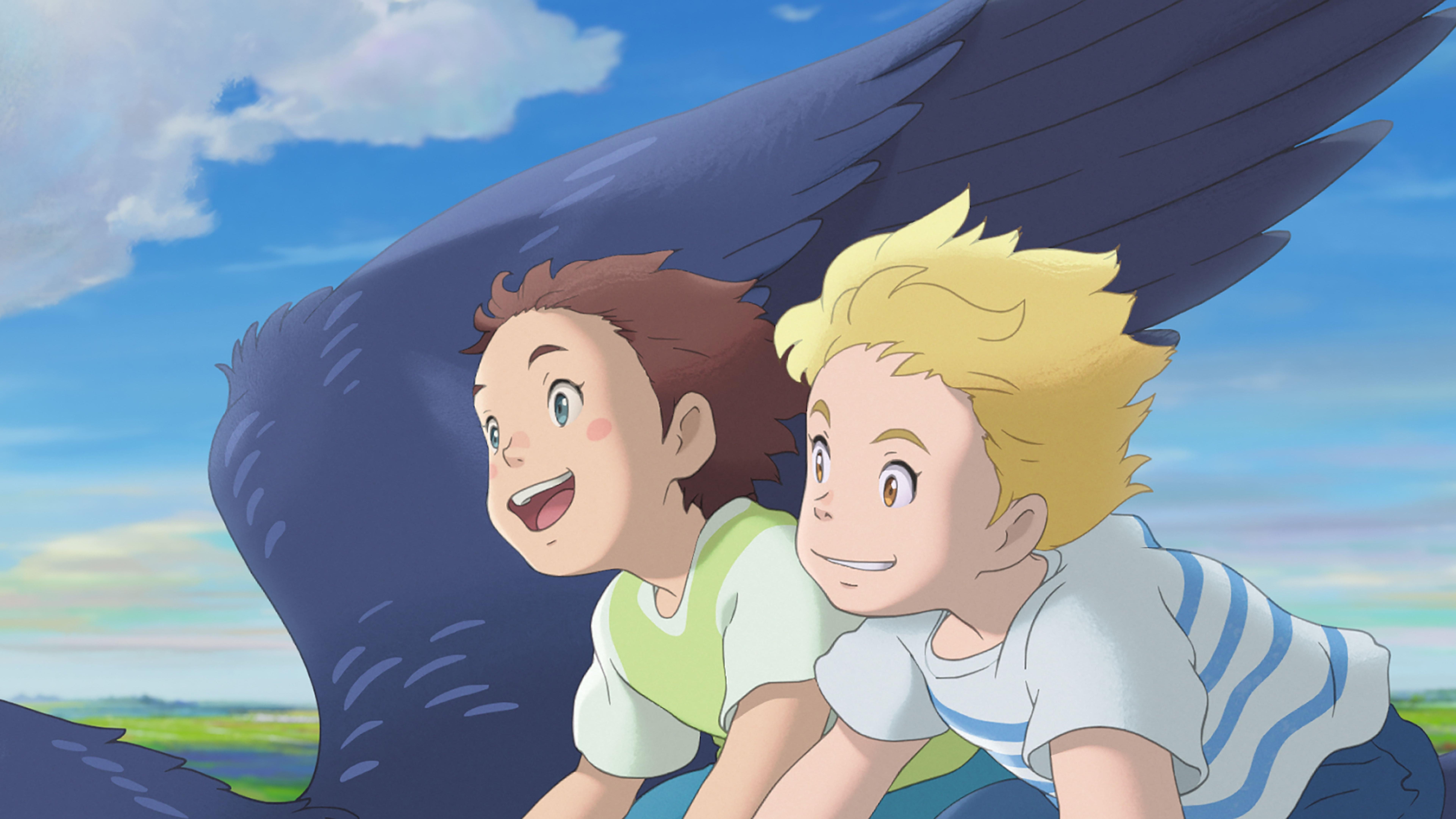The Imaginary review: Anime imagines a bright future beyond Ghibli
The new animated film from the creators of some of your favorite Studio Ghibli films is a warm-hearted celebration of the creative spirit

Let’s address the big Totoro in the room right up front, shall we? The Imaginary, a new animated feature heading soon to Netflix, is not a Studio Ghibli film, though it looks and sounds an awful lot like one. There’s a good reason for that: The Imaginary comes from Studio Ponoc, the animation house founded by ex-Ghibli producer Yoshiaki Nishimura (Howl’s Moving Castle, The Tale Of Princess Kaguya, When Marnie Was There). The name “Ponoc” was inspired by the Croatian word for “midnight,” as in the start of a brand new day. Since opening in 2015, Studio Ponoc has released a handful of shorts and an anthology, but The Imaginary is only the studio’s second feature-length film, after the excellent Mary And The Witch’s Flower. A very promising start, indeed.
Directed by Yoshiuki Momose, a former animator and storyboard artist who worked on many Studio Ghibli projects, including Whisper Of The Heart, Princess Mononoke, and Spirited Away. The Imaginary is infused with a delightful sense of wonder, as you might expect from someone with those titles on their resume. The story was adapted from a 2014 children’s novel of the same name by British author A.F. Harrold. At its heart is the relationship between a young girl named Amanda Shuffleup (voiced in the English dub by Evie Kiszel) and her imaginary friend Rudger (Louie Rudge-Buchanan). In her fantastically decorated attic room Amanda conjures exciting adventures for them both, like sledding down a snowy hill in a cardboard box, swimming through a colorful ocean, or soaring through the sky on a giant bird. Amanda’s mother Lizzie (Haley Atwell) can’t see or hear Rudger, but mostly tolerates her daughter’s flights of fancy.
In this world, Rudger is just one of many Imaginaries, make-believe companions created by children to serve an emotional need. Once the children don’t need them anymore, they’re usually forgotten and eventually fade away. When Amanda is seriously injured in an accident, Rudger finds himself untethered and worries that he may become one of the disappeared. To make matters worse, he’s also being pursued by a mysterious man named Mr. Bunting (Jeremy Swift), who consumes Imaginaries and is always accompanied by a frightening little girl with long black hair (if you’re picturing Sadako from The Ring, you’re not too far off).
Fortunately, Rudger is saved by Zinzan (Kal Penn), a mysterious cat with red and blue eyes. Zinzan shows him the way to a library that’s become a refuge for forgotten Imaginaries. When the library closes, it transforms into an enchanted world inspired by the books on the shelves. The others are happy to welcome Rudger to their “Town of Imaginaries,” but he can’t let go of the promise he made to Amanda to “never disappear, protect each other, and never cry.” (Ironically, those words may draw a few tears from the audience in one of the film’s many emotional scenes.)



















![Rob Reiner's son booked for murder amid homicide investigation [Updated]](https://img.pastemagazine.com/wp-content/avuploads/2025/12/15131025/MixCollage-15-Dec-2025-01-10-PM-9121.jpg)




















